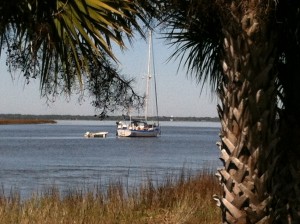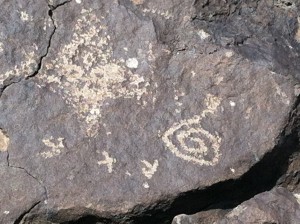 I recall when getting on a plane was the start of an adventure that began with a minimum of hassles during the boarding process, reasonably comfortable seats, free meals (even if the food wasn’t gourmet) and easily found luggage at the baggage claim areas.
I recall when getting on a plane was the start of an adventure that began with a minimum of hassles during the boarding process, reasonably comfortable seats, free meals (even if the food wasn’t gourmet) and easily found luggage at the baggage claim areas.
Not anymore.
Take, for example, my most recent series of flights which began innocuously enough. We boarded and I felt myself lucky to find a spot in the overhead compartment for my carry-on luggage. A gentleman behind me graciously offered to help me place it above my head. My window seat felt cramped, but at least I could offset my sense of claustrophobia by staring out the window every few minutes. Unfortunately, the view was of the tarmac, where we sat and sat and sat for too many minutes, which gradually extended to hours. The reason given? A mechanical difficulty that eventually brought the plane back to the terminal, but the captive passengers were not allowed to deplane.
When we finally took off, I was counting the minutes to landing and debating with myself whether I would make it to my next connection.
Turns out I was two minutes late, even after answering the call over the loudspeakers in the large terminal that I was on my way. That way included a dash down one escalator, trooping down two more sets of stairs, a ride on an underground tram, a rush up another escalator and race down the terminal to the gate.
Forty-five minutes later, I had been rebooked on another carrier to another city not on my original itinerary. Three hours later, I boarded again and endured another flight, this time in the middle seat, squashed between a gentleman who had to weigh at least three hundred pounds and a squirming eight-year-old who alternately wailed and pouted that Daddy (behind us in the next row) wouldn’t give her more food.
Arrival for my final flight began badly, when I learned that it had been cancelled, no reason given. When I and another passenger inquired, we were treated as if we didn’t deserve to know. Yet another rebooking then occurred, but only as a standby passenger, said flight not to take off until another three hours had elapsed. Were I not to get on that flight, I would have to stay overnight, for which I would be issued a voucher for a nearby hotel. Although my day had already extended to eighteen hours of flying time, I was refused said voucher until and unless I couldn’t get on that final flight. More waiting time elapsed.
Then began yet another nail-biting wait for the previously-booked passengers to board and a slow calling of the names of the other dozen or so passengers like me, who had been placed in standby status.
Mine was the last name called to board that flight. My seat? Almost at the back of the plane where the pressure changes on take-off and landing was of unpleasant intensity. Arrival at my destination occurred 21 hours after I had arisen to catch the original plane.
As if that wasn’t bad enough, my return flight included another readjustment after I learned that the seat I had originally reserved on plane number two had been eliminated when a smaller jet was substituted for the original one. No advance warning was provided regarding this change. The gate attendant acted as if it really wasn’t my concern that this change had been made. Once again I was moved to the back of the plane. Blessedly, a window seat that enabled me to try to ignore the snoring of a nearby passenger and his head, which pressed uncomfortably against my shoulder after he descended into sleep.
How common does all this occur? I’d love to hear from others who have endured similar nightmarish experiences when simply attempting to fly from point one to points two, three and four.










 I recall when getting on a plane was the start of an adventure that began with a minimum of hassles during the boarding process, reasonably comfortable seats, free meals (even if the food wasn’t gourmet) and easily found luggage at the baggage claim areas.
I recall when getting on a plane was the start of an adventure that began with a minimum of hassles during the boarding process, reasonably comfortable seats, free meals (even if the food wasn’t gourmet) and easily found luggage at the baggage claim areas.










